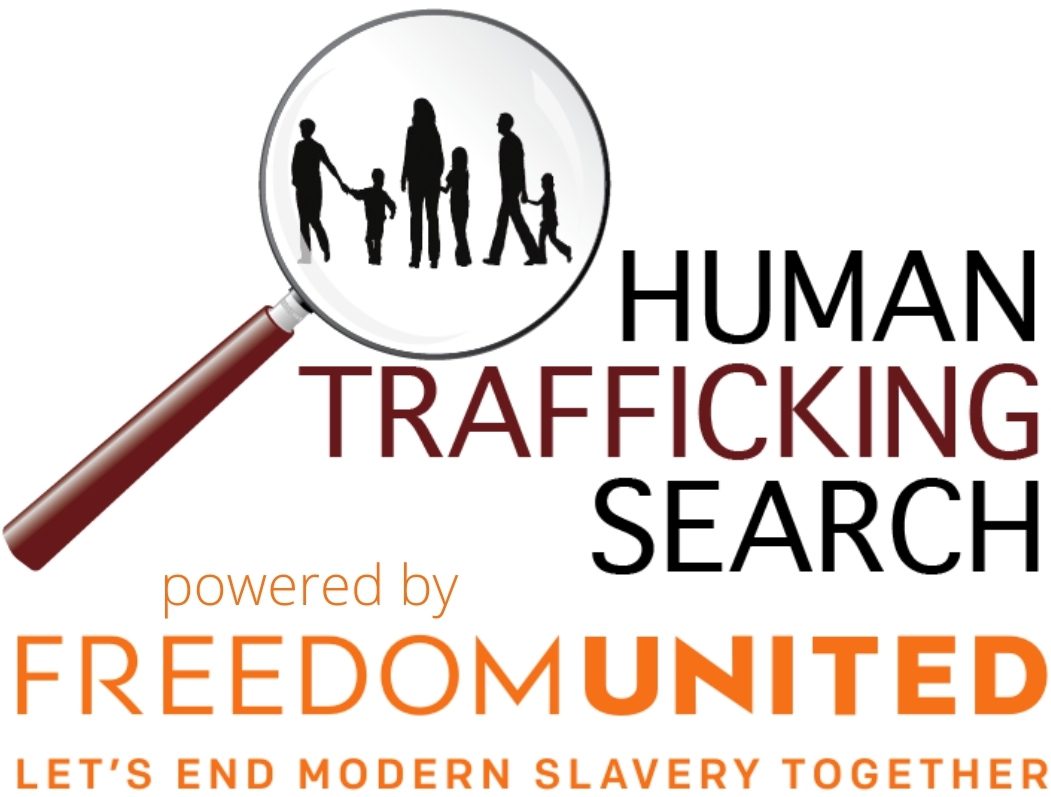
Libya’s flourishing trafficking industry fueled by EU-backed system
Libya’s rapidly expanding smuggling economy has become a core part of the country’s political system, driving cycles of detention, ransom, and forced labor. This week’s shipwreck off the Libyan coast, which left 42 migrants presumed dead, reflects how deeply this economy shapes every stage of migration through the region.
A very profitable, very violent business model
In Libya, smuggling has evolved from a simple payment for passage into a central pillar of Libya’s conflict economy. The market is violent and highly profitable.
This growth rests on the collapse of the Libyan state. The 2011 ousting of Muammar Gaddafi shattered the state’s monopoly on violence and borders. In its place, competing militias, tribes, and quasi-state bodies carved out fiefdoms. Libya remains split between the Government of National Unity in Tripoli and the LAAF-backed authorities in the east. That fragmentation creates porous borders and weak security.
Within this vacuum, a web of armed groups and state-affiliated forces rose. Many operate under government ministries or security agencies while also behaving like criminal networks. They control the Directorate for Combating Illegal Migration, segments of the Libyan Coast Guard, and many detention facilities.
The money is shocking. A Chatham House study in 2016 estimated US$978 million from smuggling and trafficking in one year. A later UN assessment suggested that armed groups earned around US$1 billion annually from trafficking and EU-funded detention contracts.
